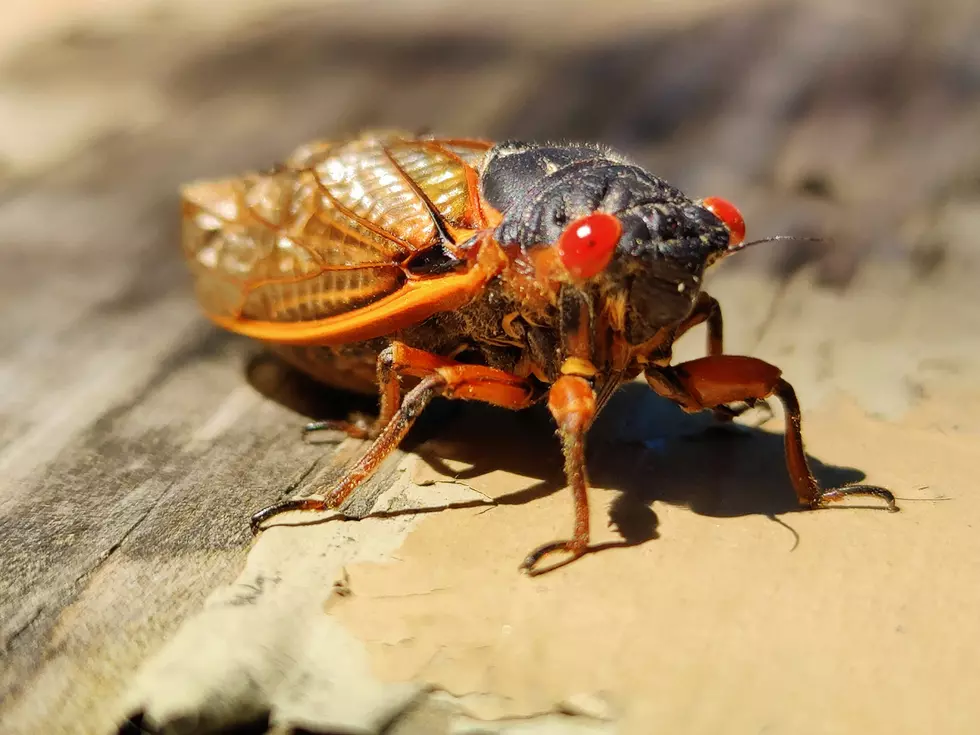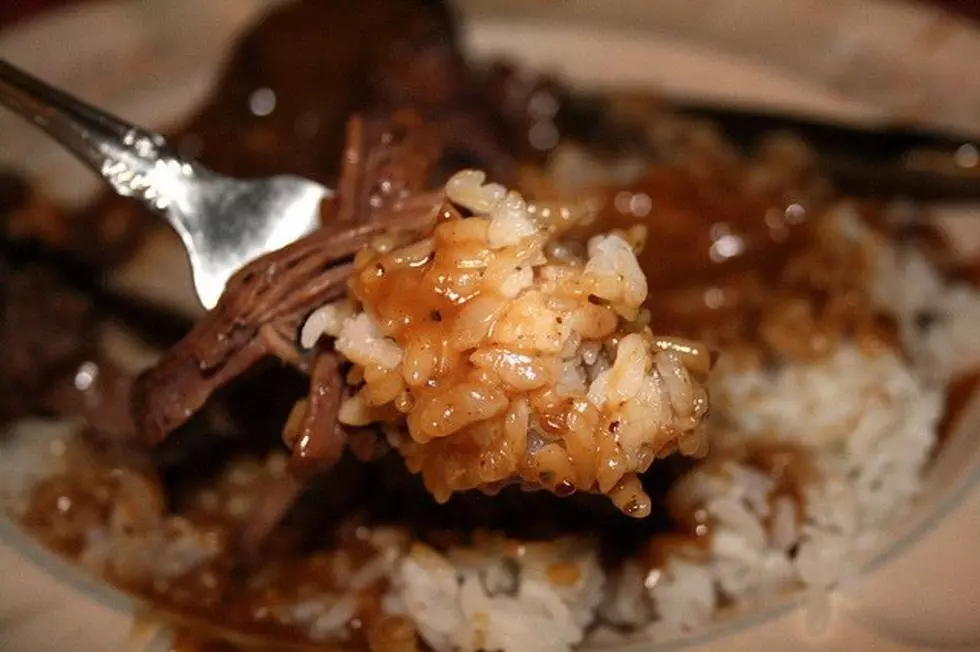
What Exactly Is Corned Beef? It Certainly Isn’t Irish
St. Patrick's Day is a day to celebrate everything Irish. One of the things we celebrate as being Irish is a traditional meal of corned beef and cabbage. We are all pretty clear on what cabbage is, but do you really know what makes regular beef corned beef?
As strange as it may sound, there is usually no corn, as in ears of corn, involved in corned beef. Corned beef is actually a cut of beef, usually a brisket, that has been preserved in a salt brine mixture. The large chunks of salt used to cure the meat are called corns. Hence the name corned beef.
So how did corned beef get to be so closely associated with the Irish community? Hold on, I am about to burst some bubbles. It really isn't. Or let's say it wasn't. Beef was too expensive for most Irish families so their traditional meat of choice was ham or bacon. When Irish immigrants arrived in the United States they found corned beef a lot more plentiful and a lot cheaper so it became the default meat of choice.
This is where corned beef actually crossed cultures because the corned beef that most of us know was actually a Jewish dish. Since the Irish couldn't find bacon joints in America, they gravitated to the very similar taste and texture of the Jewish made corned beef.
It is also suggested that because corned beef was so very inexpensive that many restaurants in New York and other larger cities would offer free corned beef and cabbage dinners to Irish workers. The workers still had to buy a few drinks but they got a nice hearty meal to go along with their spirits.
So if you're planning on sitting down to a plate of corned beef and cabbage in honor of St. Patrick's Day. Then you're not really sitting down to a traditional Irish meal. It's more of a traditional Jewish meal that came to be associated with Irish Americans in the great melting pot that is these United States.
More From 97.3 The Dawg









